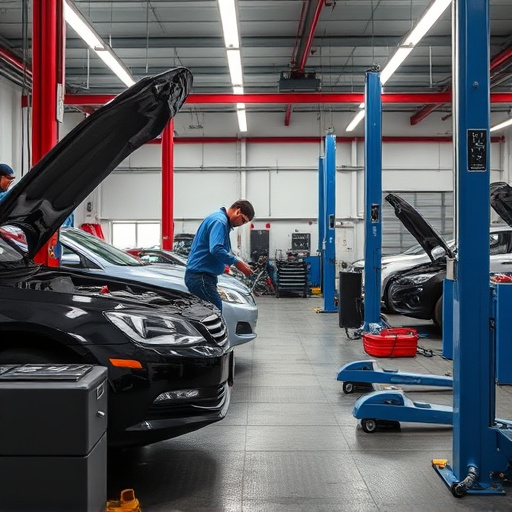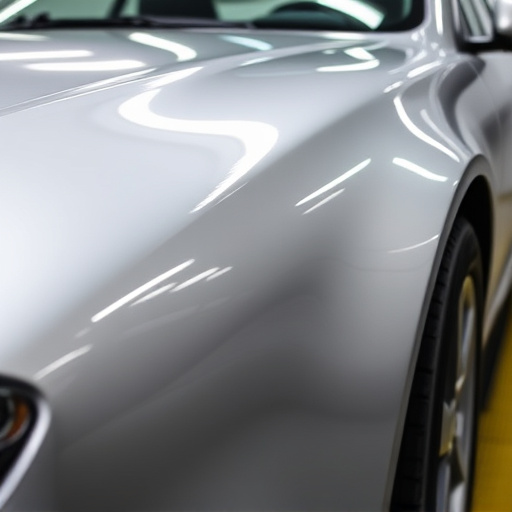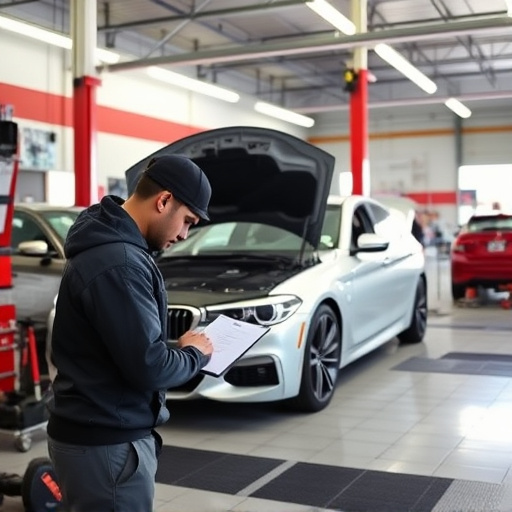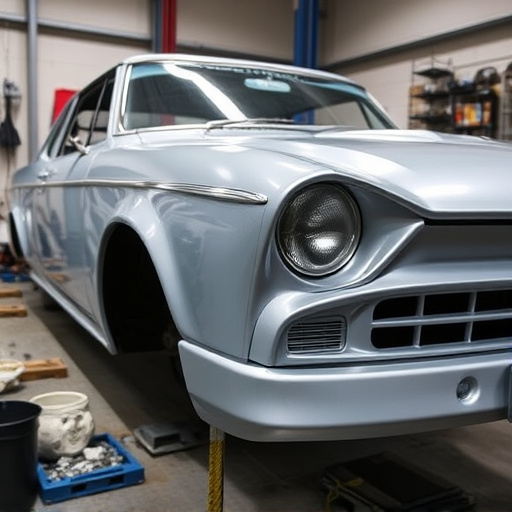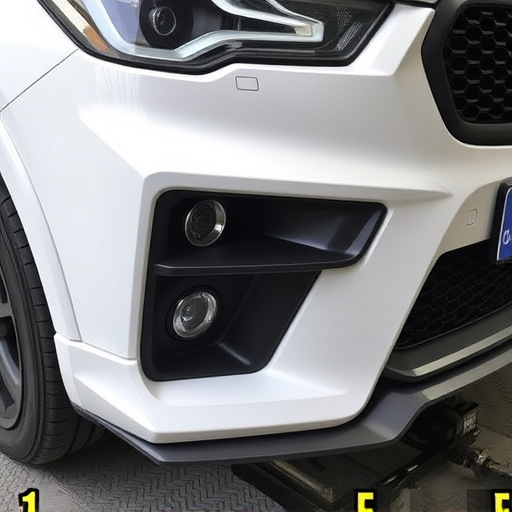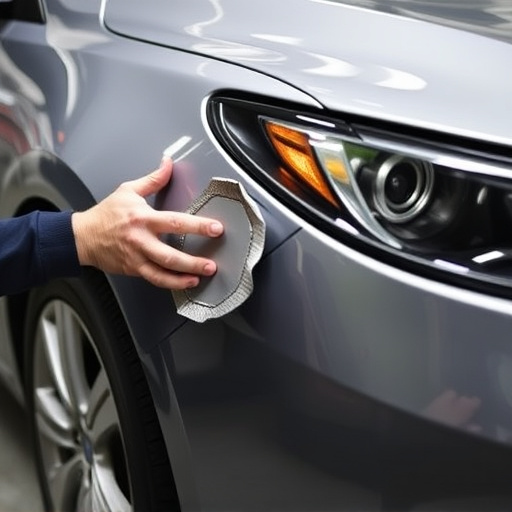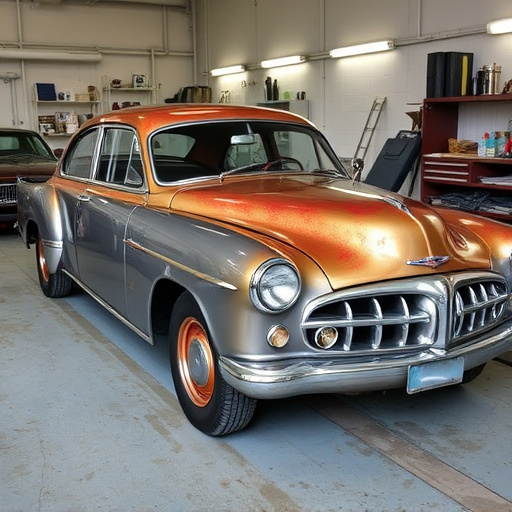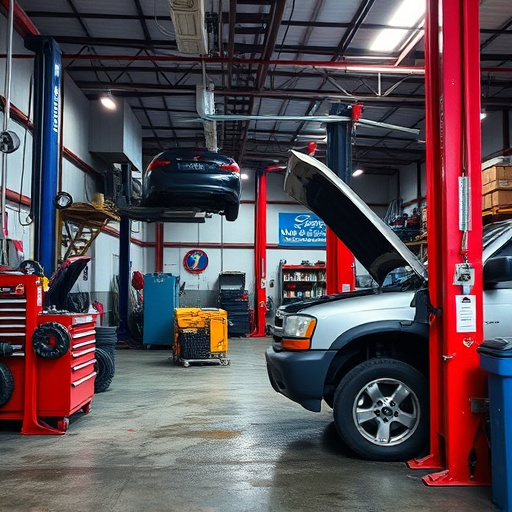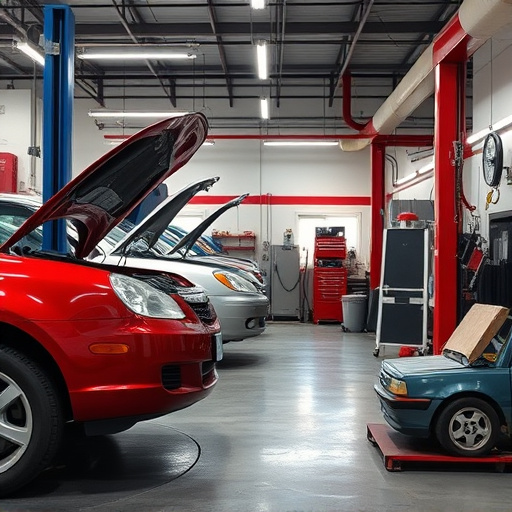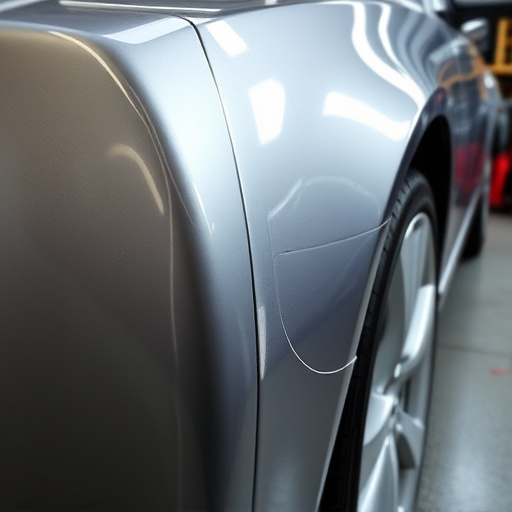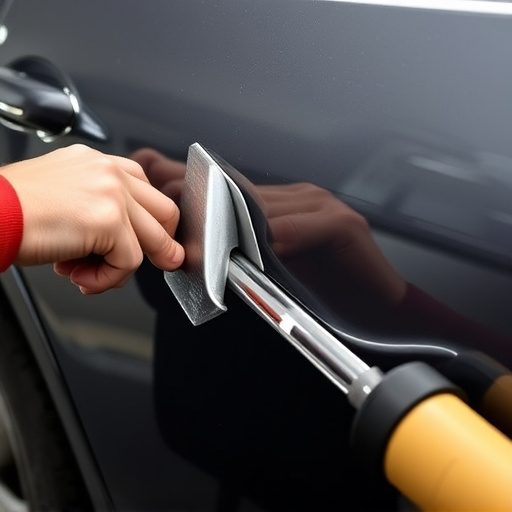Silicon bronze welding requires specialized techniques due to its unique thermal and mechanical properties. Common errors like weak joints and surface imperfections can be avoided by understanding and controlling temperature, speed, and preparation. Precise equipment calibration, regular maintenance, and meticulous surface cleaning are crucial for achieving strong, durable bonds in automotive collision or dent repair using silicon bronze welding.
Silicon bronze welding is a specialized process that requires precision and attention to detail. Despite its numerous applications, common mistakes can lead to poor weld quality. This article delves into three critical areas: misjudging the unique properties of silicon bronze, improper setting of welding parameters, and inadequate cleaning techniques. By understanding these pitfalls and implementing effective strategies, welders can avoid errors, ensuring robust and reliable silicon bronze joints every time.
- Misjudging Material Properties: Understanding Silicon Bronze
- Inaccurate Welding Parameters: Temperature and Speed Balance
- Improper Cleaning Techniques: Prepping for Strong Bonds
Misjudging Material Properties: Understanding Silicon Bronze
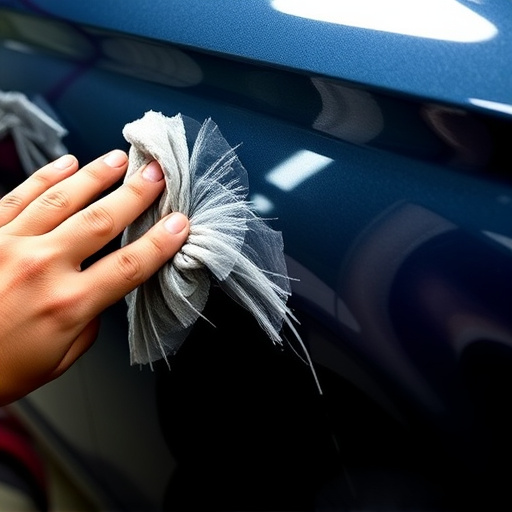
Silicon bronze welding, while offering unique benefits for specific applications, requires a deep understanding of its material properties to avoid common mistakes. One significant pitfall is misjudging the metal’s behavior during the welding process. Silicon bronze, with its combination of copper and silicon, exhibits distinct thermal and mechanical characteristics compared to steels or other common alloys. It has a lower melting point and a tendency to shrink upon cooling, which can lead to issues like cracks if not accounted for.
In the context of collision repair centers or vehicle paint repair shops, where precision is paramount, these properties must be carefully considered. For instance, choosing an inappropriate welding technique or setting for silicon bronze could result in weak joints or unsightly surface imperfections. Proper preparation, including material preheating and controlled cooling, is essential to prevent these issues. Car dent removal experts, too, should appreciate the unique demands of silicon bronze welding to ensure long-lasting, visually appealing repairs.
Inaccurate Welding Parameters: Temperature and Speed Balance
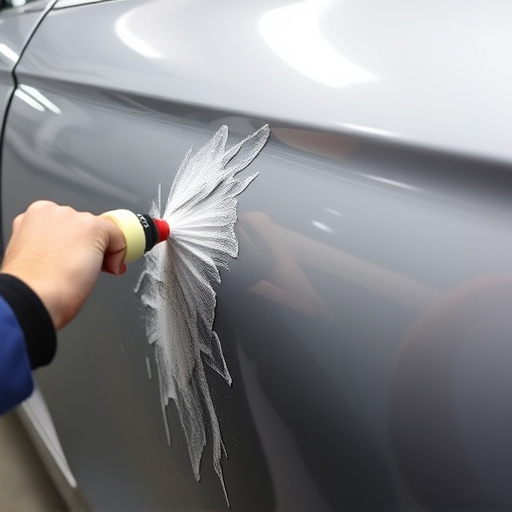
Inaccurate welding parameters, particularly the balance between temperature and speed, are common mistakes in silicon bronze welding that can lead to poor joint quality. Achieving the right equilibrium is crucial for successful bonding. If the temperature is too low, the metal may not melt properly, resulting in a weak weld. Conversely, excessive heat can cause distortions or even melting through the workpiece, especially when working with delicate auto collision center components or car body repair parts. Moreover, improper speed settings can leave burn marks, affect the structural integrity of the joint, and compromise the overall aesthetics of the repair, like those seen in a car damage repair scenario.
To avoid these pitfalls, welders must calibrate their equipment precisely. Using the right heat source and controlling the feeding speed of the wire ensures consistent and controlled fusion. Regular maintenance and calibration of welding machines are essential practices to prevent inconsistent results. This meticulous approach is vital when conducting car body repair work, where precision matters not just for structural integrity but also for maintaining the vehicle’s original aesthetic appeal.
Improper Cleaning Techniques: Prepping for Strong Bonds
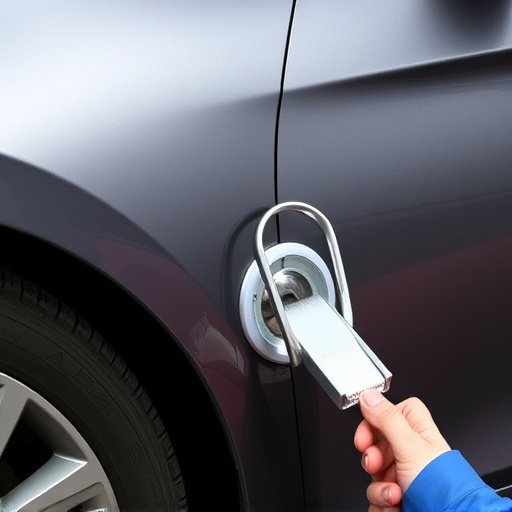
Silicon bronze welding requires meticulous preparation for achieving strong and durable bonds. One common mistake is employing improper cleaning techniques during the pre-welding phase. In automotive collision repair or car dent repair, it’s crucial to understand that surface contamination can significantly impact weld integrity. Debris, oil, grease, and rust must be thoroughly removed from the joining surfaces to ensure a clean weld. Using the right solvents and abrasive materials is essential for achieving a proper weld.
For instance, in automotive repair scenarios, using compressed air or a degreaser can help eliminate surface contaminants. Roughening the metal surface with the appropriate grit of sandpaper prepares it for welding by increasing its roughness and thereby enhancing adhesion. Remember, the goal is to create a clean, rust-free canvas that allows the silicon bronze to bond firmly with the base material, leading to a robust weld in both structural and aesthetic applications.
Silicon bronze welding, while offering unique benefits, requires meticulous attention to detail. By understanding the properties of silicon bronze, optimizing welding parameters, and adopting proper cleaning techniques, you can avoid common mistakes that lead to weak joints or structural failures. Embracing these practices ensures high-quality welds, extending the lifespan of your silicon bronze structures in diverse applications.
